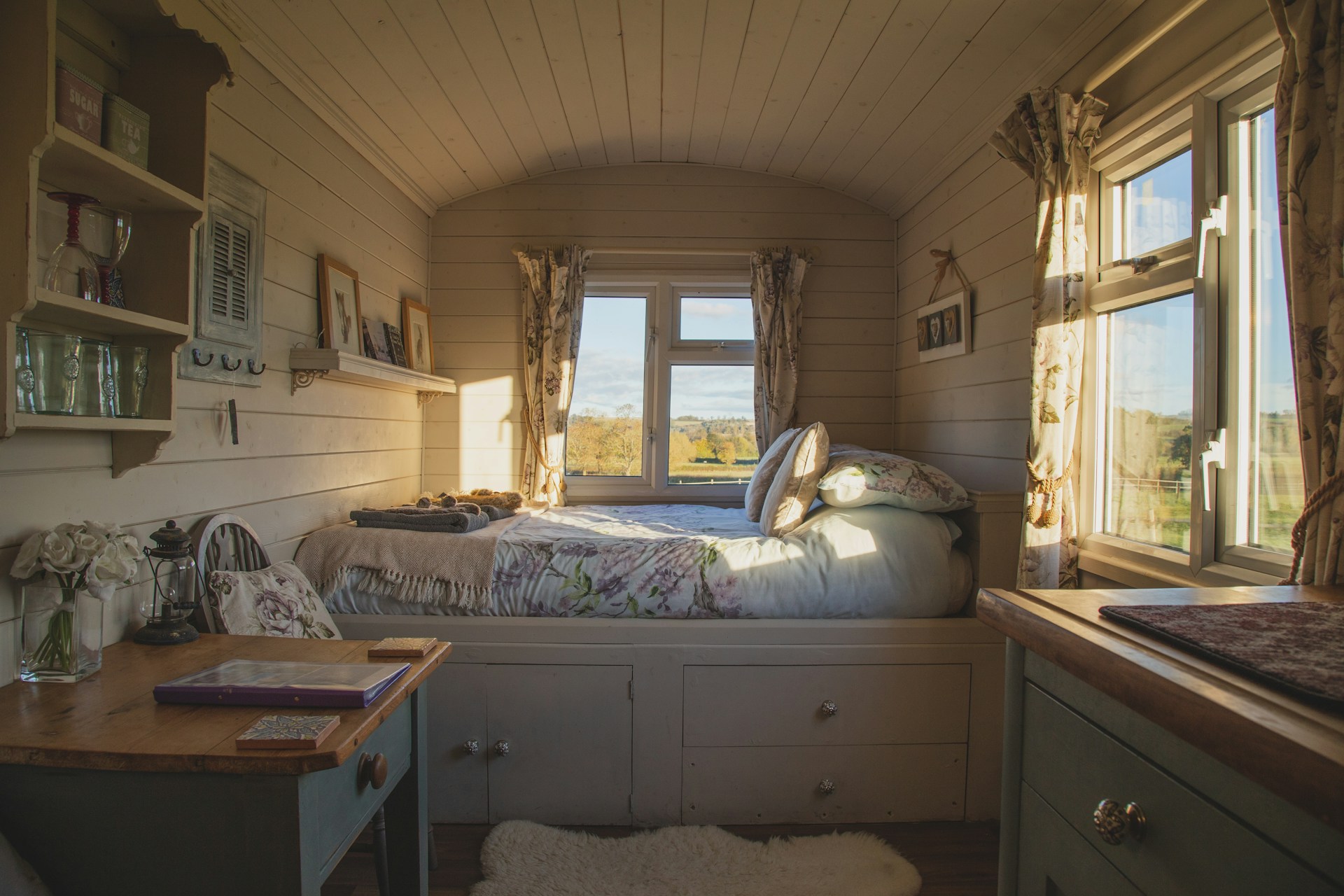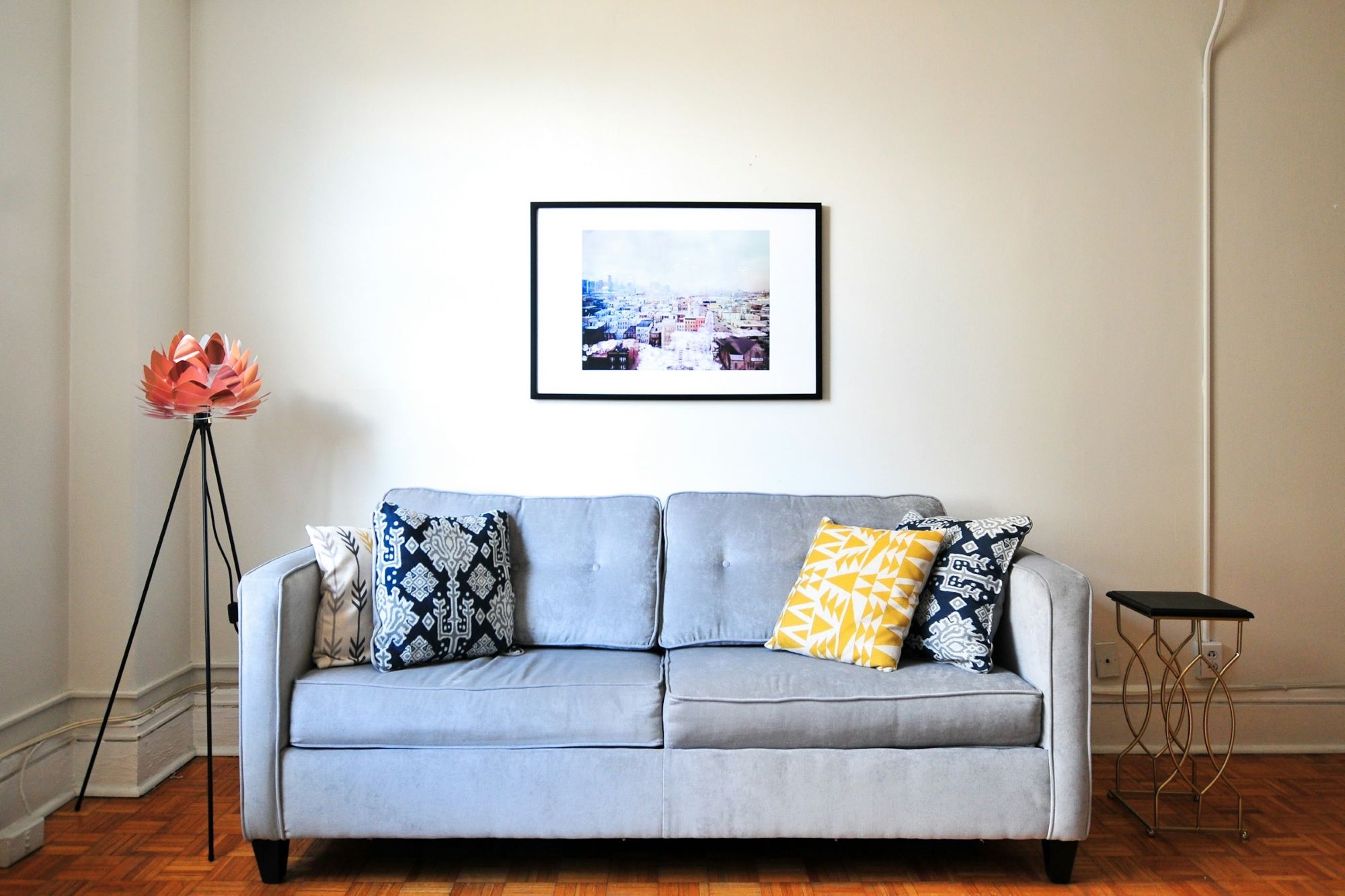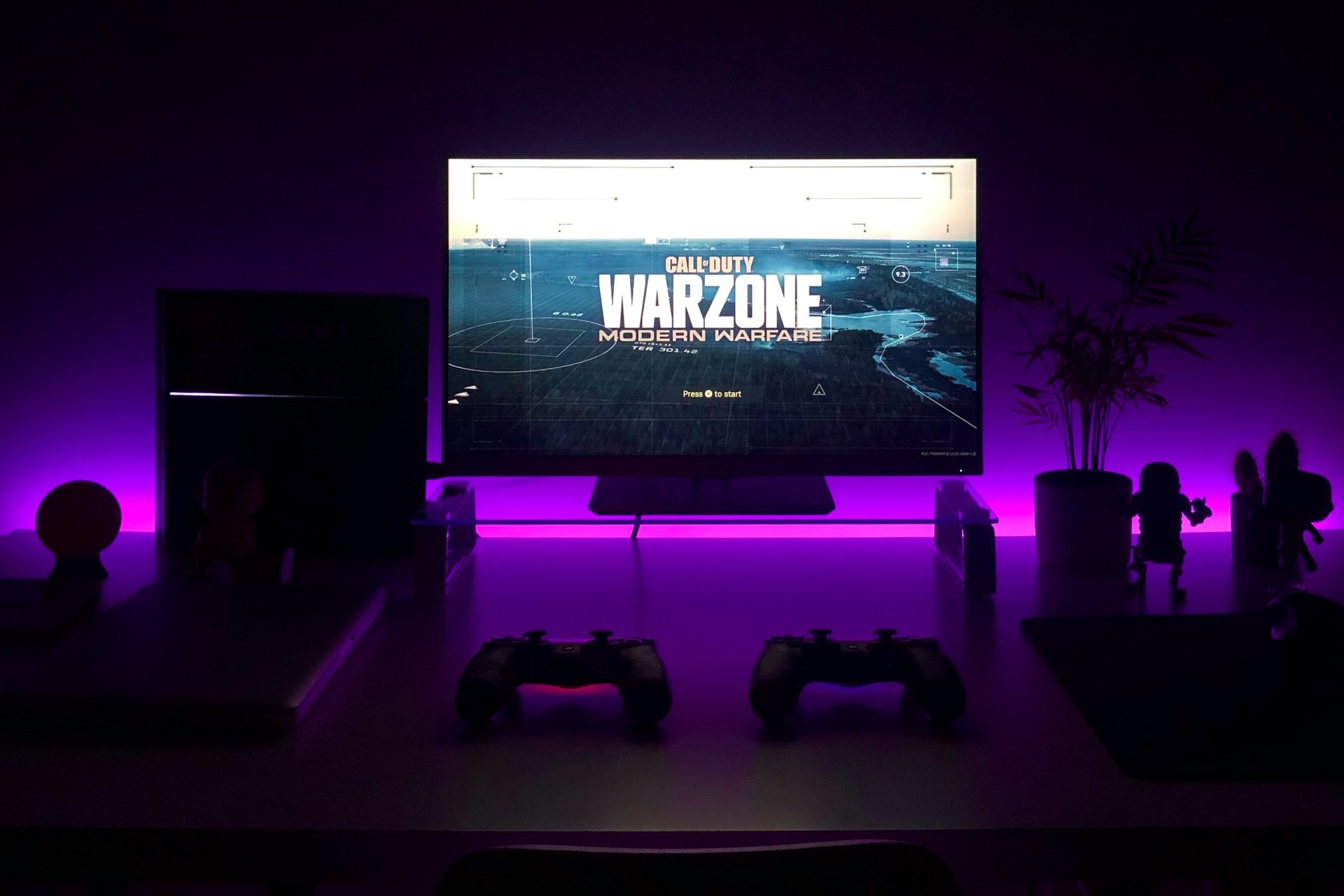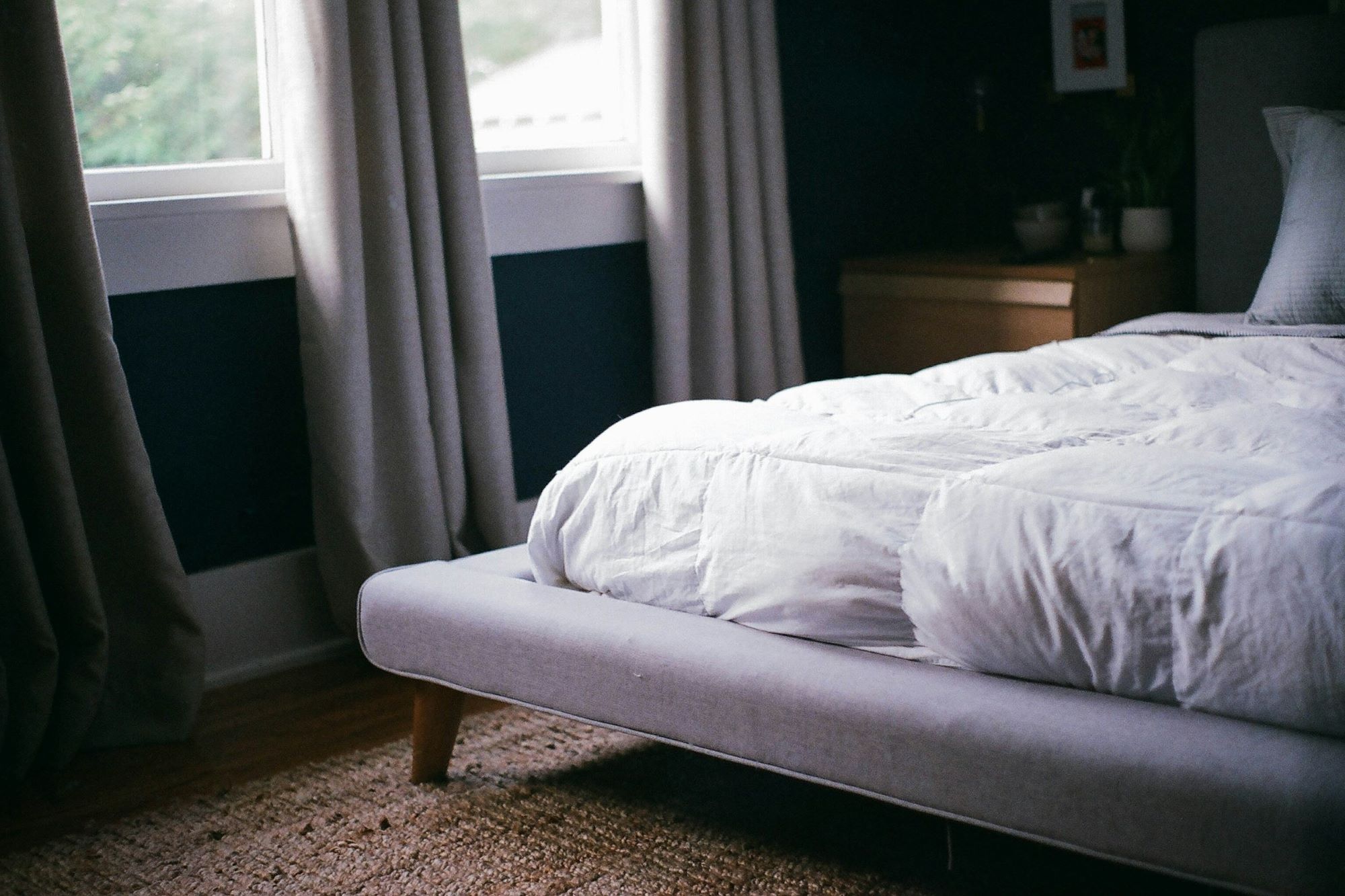Organizing your bedroom isn’t just about making it look tidy; it’s about creating a sanctuary where you can relax, sleep better, and start your day on the right foot. In this article, we’ll walk you through practical steps to transform your bedroom into a well-organized and inviting space. Whether you’re dealing with a small room or a spacious one, these tips will help you make the most of your space.
Your Space
Assessing Your Room Size and Layout
The first step to organizing your bedroom is understanding its layout and size. Measure your room’s dimensions, noting the length, width, and height. This includes understanding the placement of doors, windows, and built-in features like closets or alcoves. By having these measurements, you can plan the best layout for your furniture, ensuring it fits well and allows for easy movement within the room.
Next, consider the functionality of each area in your room. Where do you spend most of your time? Is there a designated space for sleeping, dressing, and storage? Recognizing these areas will help you allocate the appropriate amount of space and resources to each function, optimizing the overall flow and usability of your bedroom.
Finally, take note of any architectural features or limitations. For instance, sloped ceilings, radiator placements, or uneven walls might affect where you can place certain pieces of furniture. Understanding these constraints early on will save you time and effort when it comes to arranging your room.
Identifying Key Areas
To efficiently organize your bedroom, it’s crucial to identify the key areas: sleeping area, wardrobe, bedside, and storage. Each area serves a specific function and requires different organizational strategies to maximize its utility.
The sleeping area is, of course, where your bed is situated. Ensure that this space is the focal point of your room, as it should be the most comfortable and inviting area. Consider the placement of your bed in relation to windows and doors for optimal natural light and privacy.
Your wardrobe area is where you store your clothes and accessories. This could be a standalone closet, a built-in wardrobe, or a combination of both. Organize this space with shelves, hangers, and drawers to keep your clothes easily accessible and neatly stored.
The bedside area typically includes a nightstand or a small table. This is where you keep items you need within reach while in bed, such as a lamp, books, or a glass of water. Keeping this area organized helps maintain a tidy and functional bedroom environment.
Decluttering
The Benefits of Decluttering
Decluttering your bedroom can have numerous benefits for both your mental and physical well-being. Firstly, it reduces stress by creating a clean and orderly environment. Clutter can be visually and mentally overwhelming, leading to feelings of anxiety and unrest. By decluttering, you create a more peaceful and relaxing space conducive to rest and relaxation.
Additionally, decluttering makes cleaning your bedroom much easier. With fewer items to dust, vacuum around, or organize, maintaining a tidy space becomes a simple task. This can save you time and effort in your daily routine, allowing you to focus on more important activities.
Finally, a clutter-free bedroom promotes better sleep. Research has shown that a clean and organized environment can improve sleep quality by reducing distractions and creating a calming atmosphere. This leads to better overall health and well-being, as good sleep is crucial for physical and mental health.
Steps to Declutter Your Bedroom
Decluttering your bedroom can be a transformative process, and breaking it down into manageable steps can make it less daunting. Here’s how to approach it effectively:
- Sorting Items Start by sorting all your belongings into categories: clothes, shoes, accessories, books, and personal items. This helps you see exactly what you have and makes it easier to decide what to keep and what to let go. Lay everything out in the open, so you can clearly assess the volume of each category.
- Deciding What to Keep, Donate, or Discard Be ruthless in your decision-making. Ask yourself if each item is something you love and use regularly. If it doesn’t fit these criteria, consider donating it if it’s in good condition or discarding it if it’s worn out or broken. Use the following checklist to guide your decisions:
- Does this item bring me joy?
- Have I used this item in the last six months?
- Is this item in good condition?
- Do I have a similar item that serves the same purpose?
- Organizing the Remaining Items Once you’ve decided what to keep, find a designated place for each item. Use storage solutions like bins, baskets, and drawer organizers to keep everything in its place. Label containers to make it easy to find items when you need them. Arrange your belongings in a way that makes sense for your daily routine, keeping frequently used items within easy reach.
By following these steps, you can declutter your bedroom systematically and create a more organized and peaceful space.
Storage Solutions
Maximizing Closet Space
Maximizing closet space is crucial for maintaining an organized bedroom. One of the best ways to achieve this is by investing in closet organizers and hangers. Closet organizers, such as shelves, hanging rods, and specialized hangers, can significantly increase the capacity of your closet. Shelves can be used to stack clothes, shoes, and accessories neatly. Hanging rods allow you to hang more clothes by creating an additional tier in your closet. Specialized hangers, such as cascading hangers, can help you hang multiple garments in the space of one, effectively doubling your hanging capacity.
Another essential aspect of maximizing closet space is seasonal storage. Store out-of-season clothes in vacuum-sealed bags or clear bins to free up space for items that are in current rotation. Vacuum-sealed bags are particularly useful as they compress the clothing, reducing the amount of space they occupy. Clear bins allow you to see the contents without having to open each one, making it easier to locate specific items when needed. Place these bins on top shelves or under the bed to keep them out of the way but still accessible.
Lastly, organizing your closet by category can make it more functional. Group similar items together, such as all your tops in one section, bottoms in another, and so on. This approach makes it easier to find what you need quickly and can also highlight any duplicates or items you no longer wear, making future decluttering efforts simpler.
| Storage Solution | Description | Benefits |
| Closet Organizers | Shelves, hanging rods, and specialized hangers | Doubles closet space, easy access |
| Seasonal Storage | Vacuum-sealed bags, clear bins | Frees up space, easy identification |
| Category Organization | Grouping similar items together | Simplifies finding items, decluttering |
Under-Bed Storage
Under-bed storage is an often underutilized space that can provide significant additional storage capacity. Utilizing boxes and bins designed to fit under the bed can help you store items like shoes, extra linens, or off-season clothes. Opt for storage solutions that are easy to slide in and out, such as boxes with wheels or handles. Label each box to ensure you can quickly find what you’re looking for without rummaging through multiple containers.
Using the space under your bed for storage helps keep your bedroom tidy and frees up closet and drawer space for items you use more frequently. It’s an excellent place for storing bulky items like winter blankets or sports equipment that you don’t need access to regularly. Clear plastic bins are a great choice as they allow you to see what’s inside without having to open them.
Additionally, under-bed storage can be enhanced with vacuum-sealed bags, especially for items like bedding and out-of-season clothing. These bags compress their contents, making them more compact and easier to store. By utilizing every inch of available space, you can keep your bedroom organized and clutter-free.
| Storage Solution | Description | Benefits |
| Under-Bed Boxes/Bins | Boxes with wheels or handles for easy access | Maximizes under-bed space, tidy room |
| Vacuum-Sealed Bags | Compresses items like bedding and seasonal clothes | Saves space, keeps items compact |
| Clear Plastic Bins | Allows visibility of contents without opening | Easy identification, efficient storage |
Creative Furniture Choices
Creative furniture choices can make a significant difference in organizing your bedroom. Multipurpose furniture, such as beds with drawers underneath or ottomans with hidden compartments, provides additional storage without taking up extra space. These pieces of furniture serve dual purposes, making them ideal for smaller bedrooms or anyone looking to maximize their space efficiently.
Beds with built-in drawers are particularly useful for storing items like extra bedding, clothes, or shoes. These drawers are usually spacious and can be easily accessed without having to lift the mattress. Similarly, ottomans with hidden compartments can store anything from blankets to books, keeping your room clutter-free while also providing extra seating.
Another great option is furniture with built-in charging stations or cable management systems. These pieces help keep your room organized by reducing the clutter of wires and chargers. By integrating technology into your furniture, you can maintain a clean and streamlined appearance in your bedroom.
| Storage Solution | Description | Benefits |
| Beds with Drawers | Built-in drawers for storing bedding, clothes, or shoes | Maximizes space, easy access to items |
| Ottomans with Storage | Hidden compartments for storing various items | Extra seating, decluttered room |
| Tech-Friendly Furniture | Furniture with charging stations or cable management systems | Reduces wire clutter, streamlined appearance |
Organizing Your Wardrobe
Categorizing Clothes
Separating your clothes into categories is the first step in organizing your wardrobe. Grouping items by type—such as tops, bottoms, dresses, outerwear, and accessories—makes it easier to find what you need and can streamline your morning routine. This method also helps you see exactly what you have, which can prevent overbuying and make future decluttering efforts simpler.
Categorizing clothes not only aids in organization but also helps in identifying gaps in your wardrobe. For example, if you notice you have a surplus of tops but very few bottoms, you can adjust your shopping habits accordingly. This approach ensures that your wardrobe remains balanced and functional, catering to your everyday needs without excess.
Additionally, consider organizing each category by color or occasion. This further refines your system and makes selecting outfits a breeze. For instance, arranging tops from light to dark or casual to formal can save you time when dressing for specific events or moods.
Effective Folding Techniques
Effective folding techniques can maximize drawer space and keep your clothes looking neat and tidy. One popular method is the KonMari folding technique, which involves folding clothes into small, rectangular shapes that stand upright in the drawer. This technique not only saves space but also makes it easier to see all your clothes at a glance.
Learning to fold clothes properly can also extend the life of your garments. Neatly folded clothes are less likely to develop wrinkles or creases, which can reduce the need for ironing and prolong the fabric’s lifespan. Consider investing in drawer dividers to keep your folded clothes organized and prevent them from toppling over.
For items that are difficult to fold, such as scarves or belts, use specialized hangers or storage solutions. Hanging organizers with multiple compartments can keep these accessories in order and easily accessible. By adopting effective folding techniques and utilizing appropriate storage solutions, you can maintain an orderly and efficient wardrobe.
Using Drawer Dividers
Drawer dividers are a great tool for keeping small items like socks, underwear, and accessories organized. They come in various shapes and sizes, allowing you to customize your drawers according to your needs. By using dividers, you can create designated spaces for each type of item, preventing them from getting mixed up and making it easier to find what you need.
Drawer dividers can also help maximize space by keeping everything neatly in place. When items are organized and separated, you can fit more into each drawer without it becoming cluttered or chaotic. This makes it easier to maintain order and ensures that every item has its own place.
Additionally, dividers can be used in other parts of your bedroom, such as nightstands or dressers. They help keep smaller items like jewelry, watches, and personal care products organized and easily accessible. By using drawer dividers, you can enhance the functionality of your storage spaces and keep your bedroom looking tidy and well-organized.




